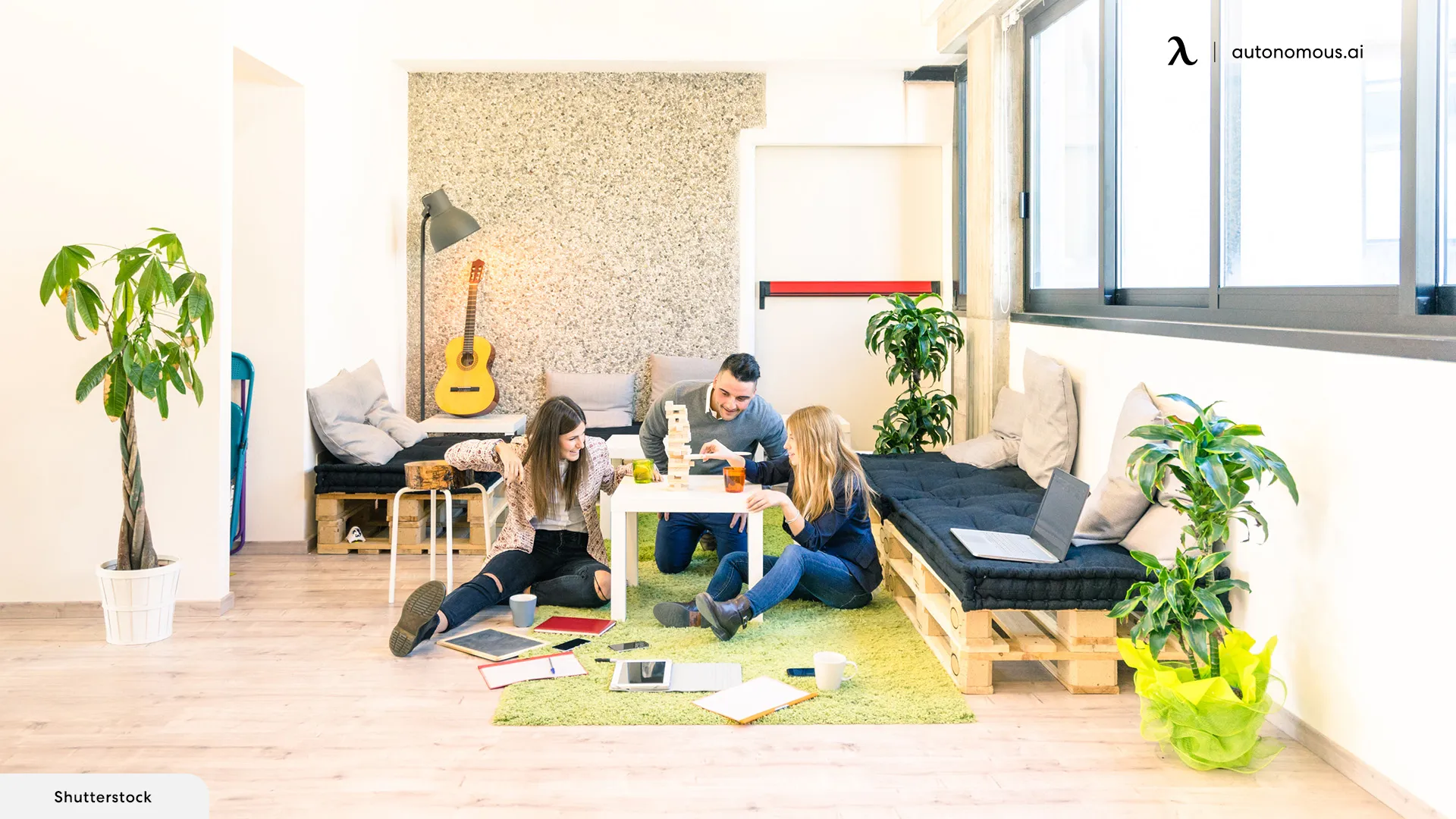
Creative Ideas to Make the Most of Flex Rooms in Your Office
Table of Contents
Whether you work from home or in a brick-and-mortar office, flex rooms can help you create that extra space you need for added comfort, functionality, and versatility.
Offering endless possibilities to enhance workplaces, these rooms are exactly what their name suggests: flexible. You can make a few small changes – not a complete renovation – to turn these spaces into anything your heart desires, whether it's a relaxation area, a brainstorming zone, or a small fitness center.
Are your office's flex rooms collecting dust? Don't let them lose their potential! In this guide, you'll find valuable information and some creative ideas to transform these spaces into exactly what your workplace needs. Read on!
What Is a Flex Room?
Also known as a “multipurpose” room, it’s a flexible space that doesn’t serve a specific purpose. Although they're designated within a property, these areas don't have a single function but can be adapted to meet different needs.
You can have a flex room in your home or office building. If it's part of your workplace, this space can be transformed into different things based on teams' or employees' requirements or objectives.
For example, some small flex room ideas can help you turn it into an activity hub or collaborative space where you can meet with other people to work together on a project.
Modern offices feature wellness spaces where employees can unwind, exercise, or connect with themselves to improve their self-esteem, health, and performance. So, you can also convert a flex room into a breakout area or small retreat.
Flex rooms are typically equipped with modular walls or partitions, movable furniture, and a flexible technological infrastructure that you can take elsewhere or adjust for different purposes.
In other words, you can move your office chair, peripherals, essential tools, and anything else you need from one space to another because they're built for easy customization and reconfiguration.
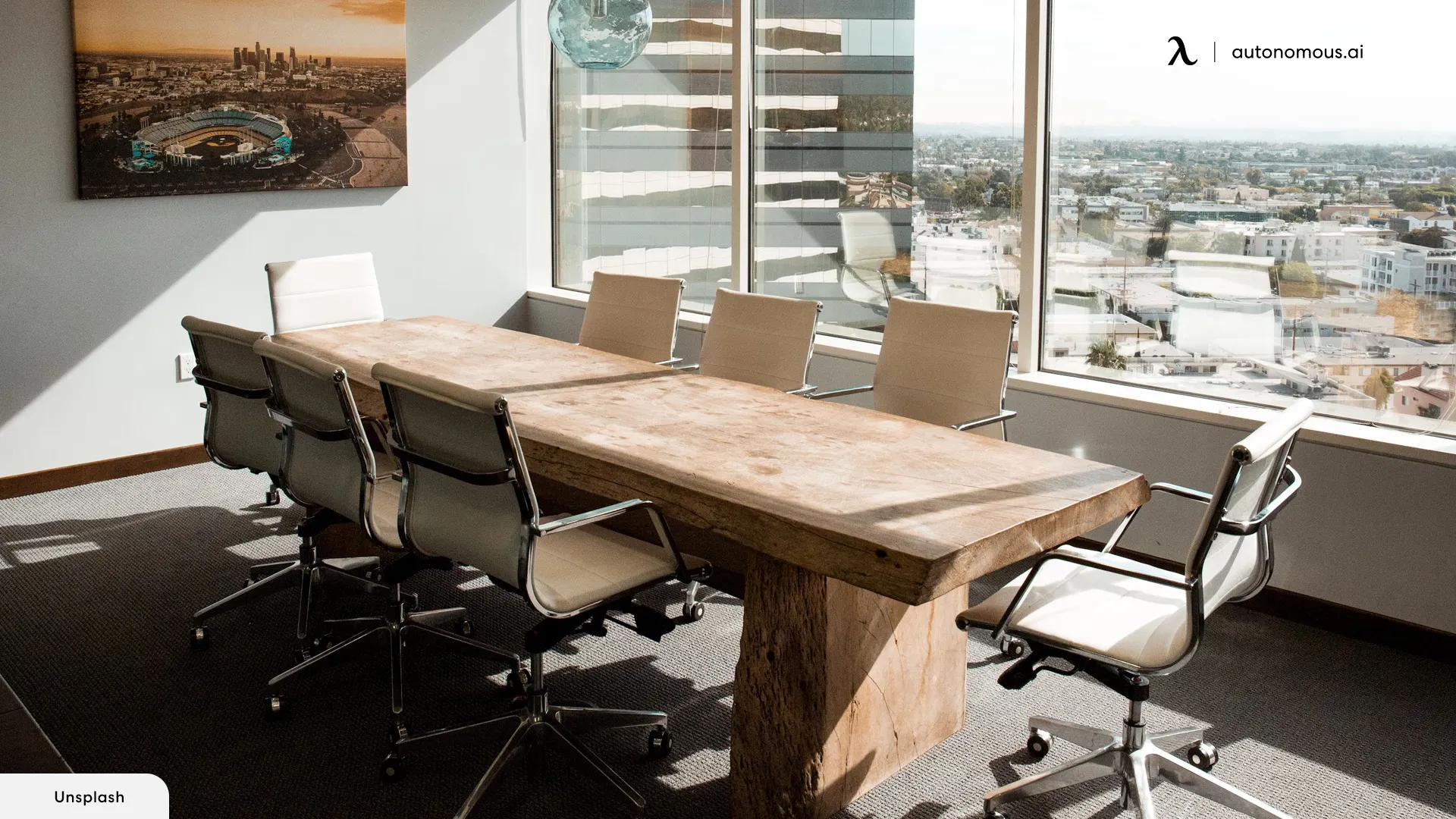
Key Characteristics of Flex Rooms
As mentioned before, flex rooms are meant to be flexible, versatile, and easily adaptable, but they're often overlooked because most people don't even know they're built for that.
So, if you see a flex room door in your office, you're so lucky! This is what you'll get if you have one of these spaces in your workplace:
Flexibility and Adaptability
A flex room can have many unique features, but the most important is its ability to change and adapt to different uses.
That's why most are equipped with lighting that can be adjusted in brightness and color, lightweight modular walls that can be fitted together to create solid structures for different applications, and furniture pieces that you can move and customize in just minutes.
Multi-Functionality
Not only are they easy to adapt and flexible, but these spaces can serve multiple purposes, even if they're built into a small office. Most companies use them to create meeting rooms, but this isn't a specific rule.
From quiet areas focused on relaxation to brainstorming hubs to foster collaboration and improve productivity, these rooms can serve as many purposes as you can think of.
Amenities
Although they are designed and built as multi-purpose spaces, flex rooms incorporate elements to support employee well-being and comfort.
For example, yours may be equipped with comfortable seating, a minibar or appliances for easy access to snacks or refreshments, or a small standing desk that allows you to change to standing to stay active during the day and take care of your health.
Technology Integration
If you’re looking for some modern flex room ideas, you'll notice that these spaces may also have a solid technological infrastructure even if they're adaptable. Flexibility is key.
Technological solutions may vary depending on the purpose, but these spaces may have conferencing equipment, wireless charging stations, high-quality monitors, and interactive whiteboards, for example. With these tools, flex rooms can be easily customized to suit different work styles and needs.
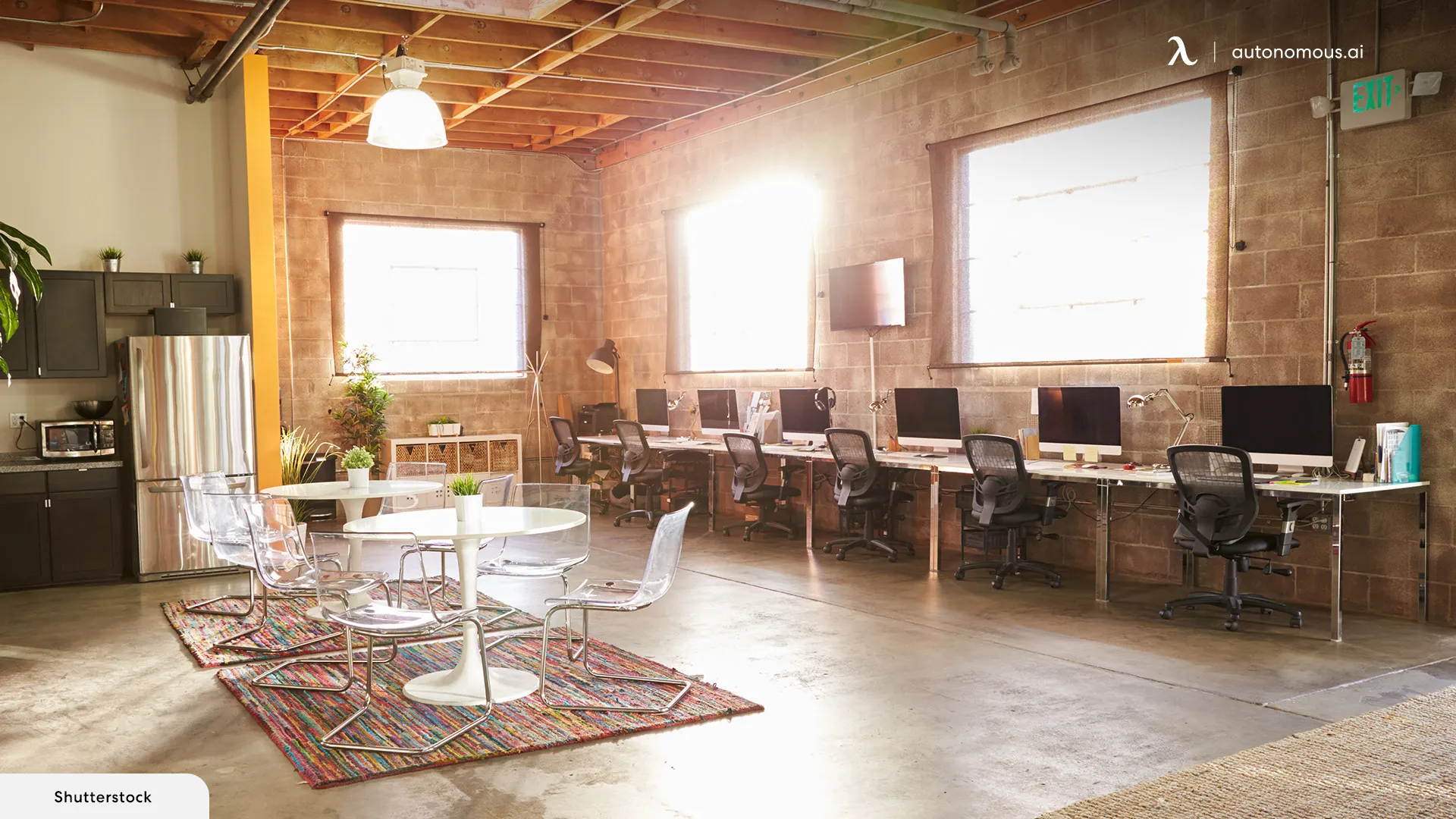
Why Are Flex Rooms So Popular Now?
Flex rooms have become more popular in recent years as more employers understand the importance of creating adaptable work environments and strive to add them to their workplaces.
Traditional layouts with cubic fixes and furniture pieces aren't as attractive as before. Now, many companies are adopting modern office design to build areas that boost performance and motivate employees to give their best.
The emergence of remote work has contributed to this shift, as employers have completely changed their work styles recently. Today's workers can either work from home or participate in a hybrid system that only involves going to the office a few days a week.
In such cases, it isn't necessary to have fixed spaces with permanent furniture and decor. Instead, employers can create flexible and adaptable rooms that can be used for different activities throughout the day.

Different Ways to Use Flex Rooms in the Workplace
The versatility and adaptability of flex rooms bring many opportunities to create innovative and functional spaces in workplaces, benefiting both companies and workers.
Do you have a flex room in your office? These ideas can help you make the most of these spaces:
Collaborative Workspace
Flex rooms can be transformed into collaborative hubs where teams can gather for different activities or purposes, such as brainstorming sessions, project meetings, or even informal discussions.
If you want to create an optimal collaborative area, opt for open flex room ideas. These spaces need a well-thought-out layout and a strategic furniture arrangement that encourages socialization, interaction, and idea-sharing.
Meeting Rooms
Even if your corner standing desk looks huge, it may not be spacious enough for your meetings. Fortunately, a flex room offers an excellent solution.
With just a few changes and additions, these spaces can easily be converted into meeting rooms. You just have to place a large table and many chairs there. For a better experience, you can incorporate modern video conferencing equipment and interactive whiteboards, which are great for presentations.
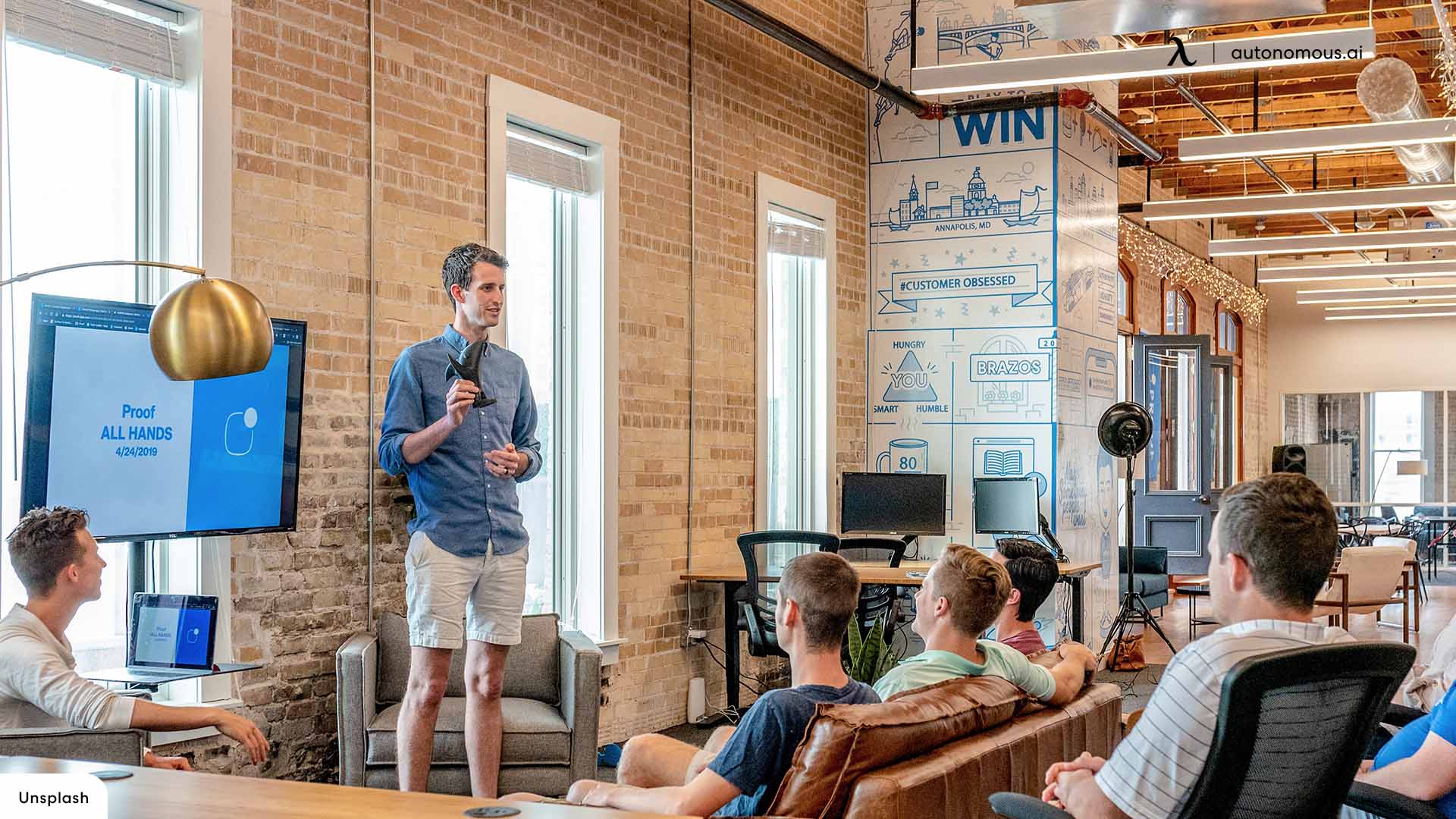
Training and Development Center
Workplaces also need spaces where supervisors or existing workers can train newcomers or host workshops and seminars. This is essential for companies’ growth.
If there's a flex room in your office, it can be the ideal place to create a training and development center. Just make sure to integrate the required technological solutions and setting arrangements.
Quiet Zones
Are you looking for modern flex room ideas? Although technology reigns supreme in the digital age, people are focusing more than ever on their well-being.
Modern offices don't feature futuristic spaces but rather have designated areas for people who need to recharge. These rooms must be quiet and comfortable.
Limit distractions, adjust lighting, install noise-canceling elements, and create a peaceful environment for an incomparable experience.
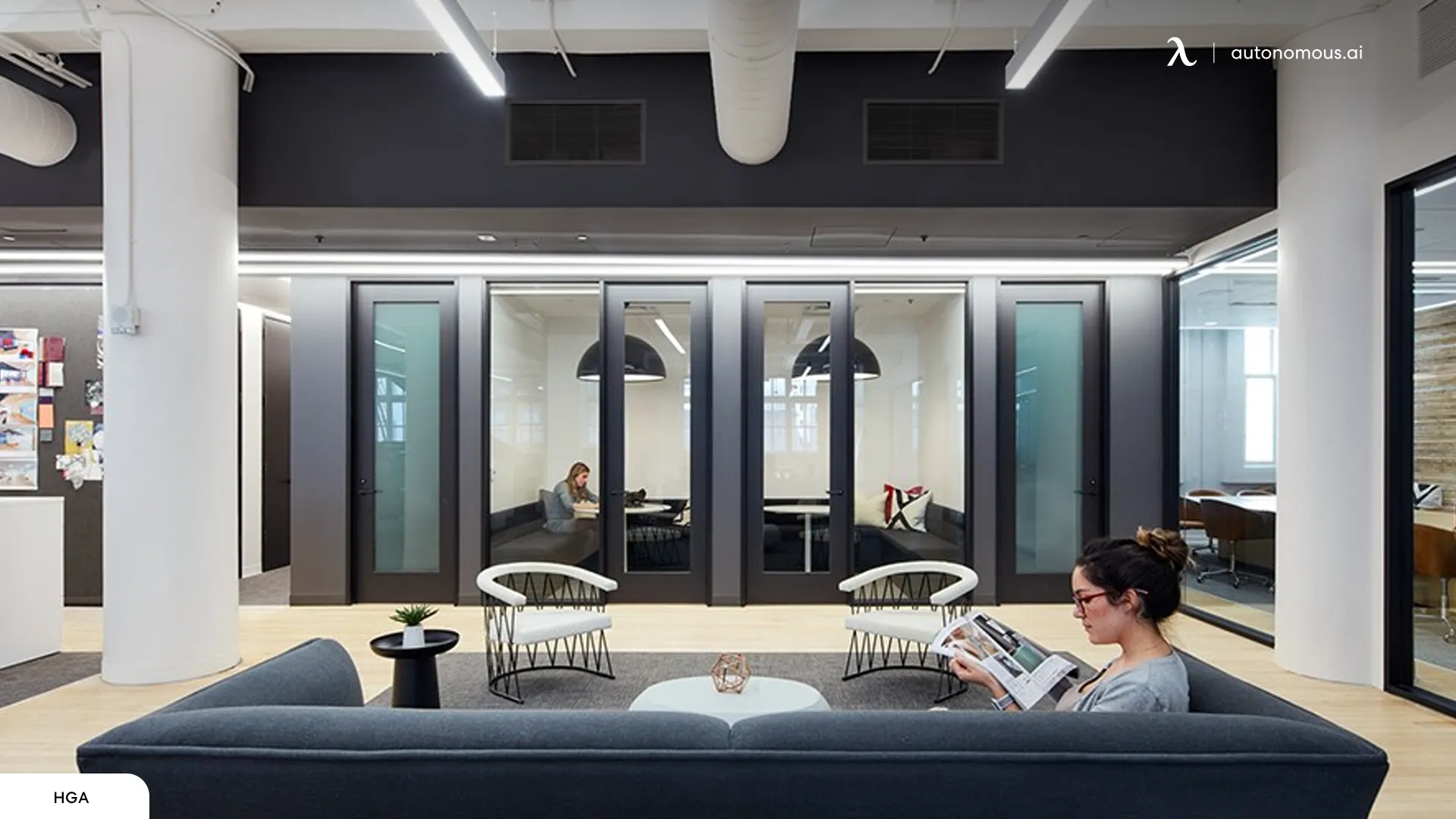
Presentation Space
By setting up a projector or large screen, a flex room can be transformed into a presentation space. It’s an excellent idea if you need an area where you showcase new products, ideas, or company updates.
Wellness Area
Do you want to create a space where you de-stress and unwind? If you have a flex room in your office, these ideas should focus on people's physical and mental health – things that everyone is paying more attention to now.
Open flex room ideas are great for this purpose, but you can also use an enclosed area. Incorporate exercise equipment, some yoga mats, meditation cushions, and other elements that can add that “wellness” touch.
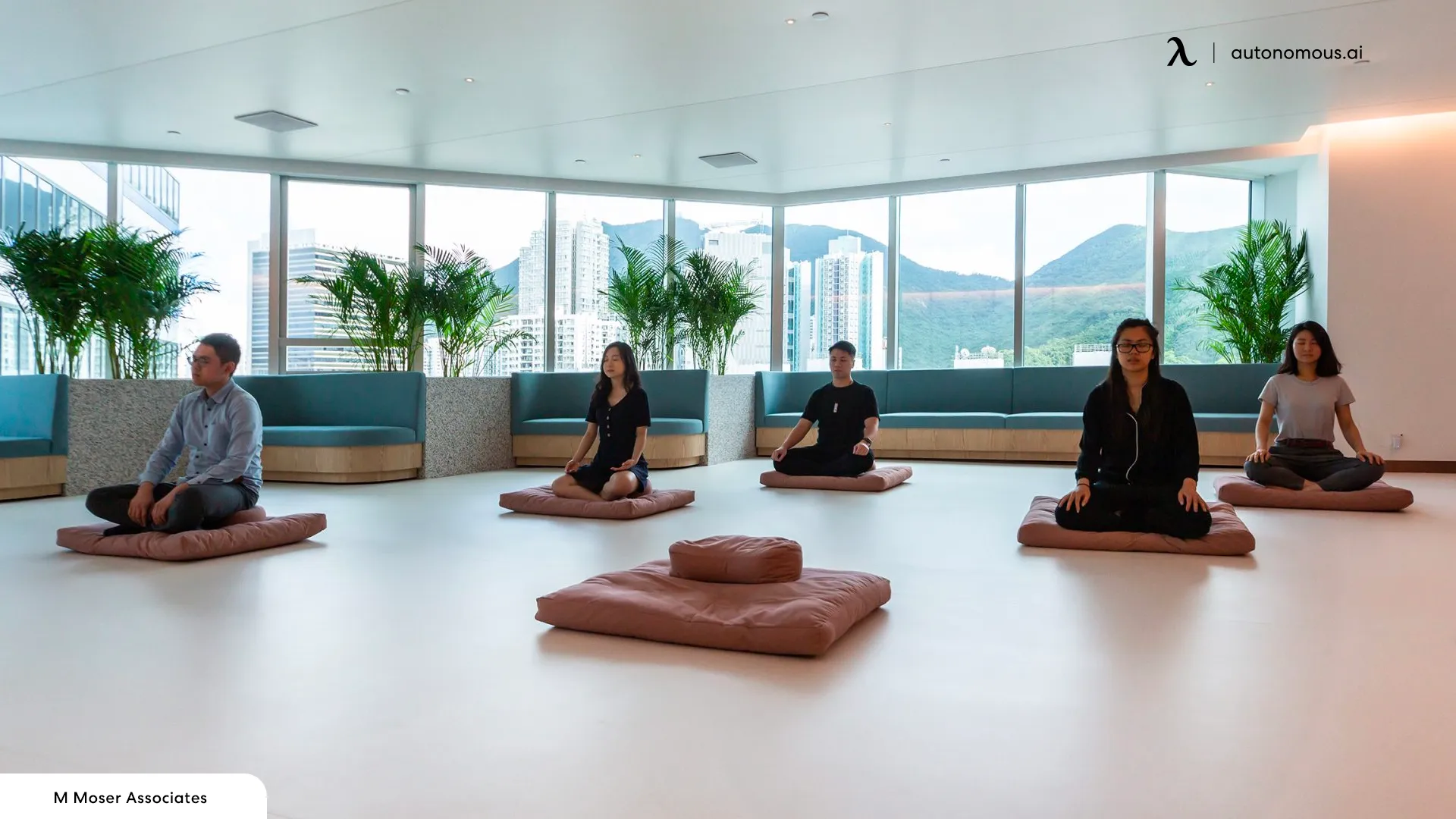
Creative Studio
For teams working on creative projects, such as designers or content creators, a flex room could be an ideal studio space. If possible, add color and vibrant elements to this area. Pink office decor could stimulate creativity and innovation, for example.
Also, don't forget to add all the tools you or your team may need for your daily creative activities, such as whiteboards and art supplies.
Social Hub
Have you thought about building outdoor office space? They’re great for unwinding and socializing! The good news is that it doesn't have to be a massive project. You can convert an unused flex room into this wonderful creation.
If you prefer indoor spaces, add comfortable seating, games, or a coffee bar to this room to create a social hub where you can relax, connect with colleagues, and build camaraderie.
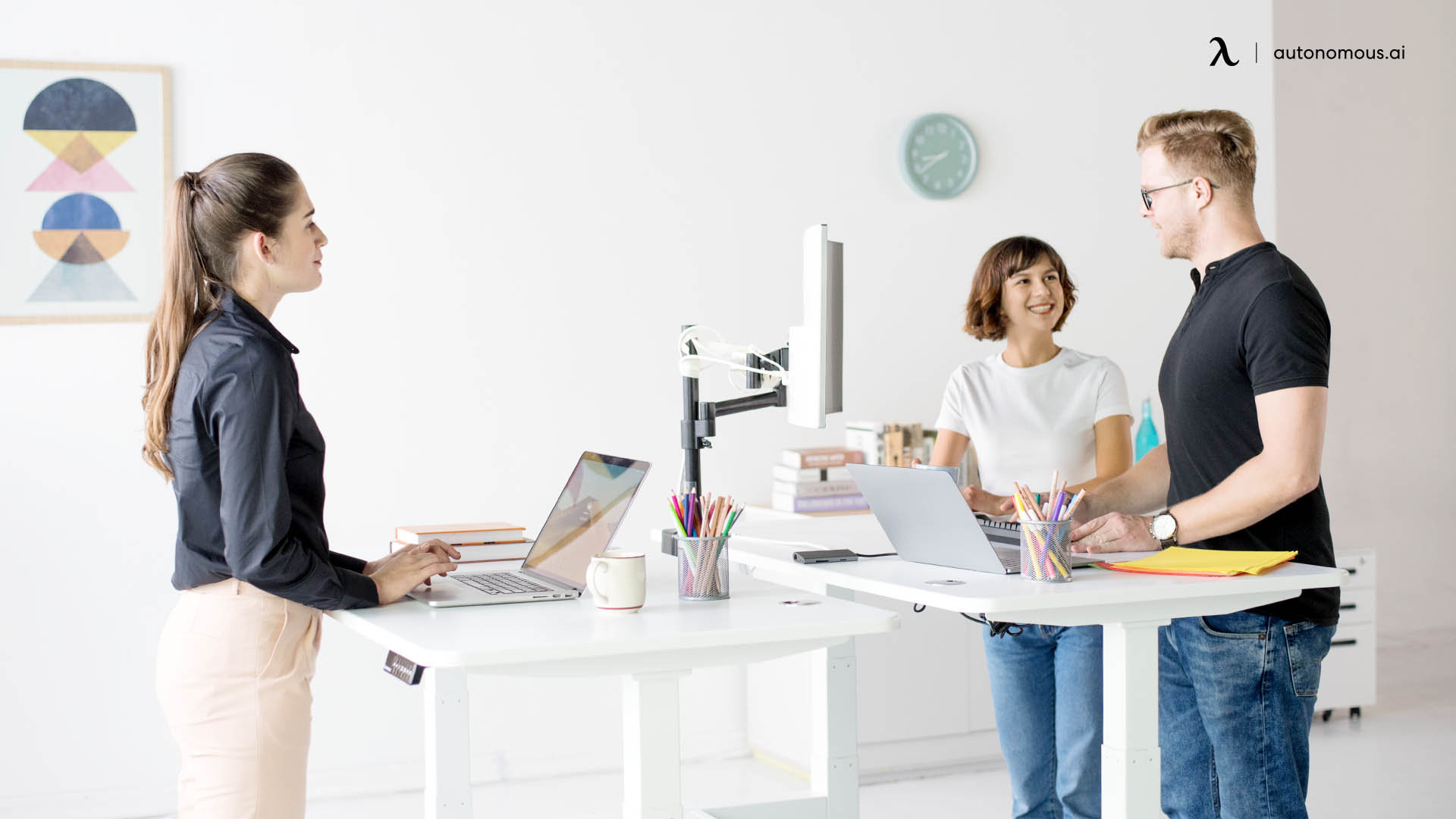
Resource Library
Finally, equipping your flex room with bookshelves, magazines, and online resources can be the first step to creating a resource. These spaces add great value to offices, as they enable employees to access information and expand their knowledge.
How to Design an Extra Room
Are you ready to transform your flex room into an extra space that will take your office to the next level? Below are the steps to design it!
- Define the purpose(s): First, you need to identify the primary functions your flex room will serve. Will it be a collaborative workspace, quiet zone, meeting area, or something else?
- Choose flexible furniture: For these spaces, it is advisable to purchase furniture that can be easily moved, rearranged, or reconfigured, such as modular seating, rolling whiteboards, and collapsible elements. If these pieces have built-in storage, they'll help you keep space clutter-free.
- Prioritize lighting: Next, you should incorporate the lights, which can be a combination of natural and artificial lighting. Plus, you can use window treatments for adjustable light levels and install dimmer switches or task lighting to create different moods and atmospheres based on the room's current use.
- Optimize technology: After that, equip the room with the technology necessary to support various functions, such as video conferencing equipment, projectors, whiteboards, and charging stations. You should also consider a wireless presentation system to allow easy sharing of content from different devices.
- Create zones: The next step is to divide the room into distinct zones for different activities. Use rugs, furniture placement, or partitions to delineate these areas.
- Add personal touches: At this point, you can make the flex room inviting and inspiring by adding personal touches, such as artwork, plants, or decorative accents. Office cubicle decor is welcome! Remember to choose colors and textures that promote a positive and productive atmosphere.
- Add storage: Now, you must Incorporate ample storage solutions to keep the room organized and clutter-free. Shelves, cabinets, baskets, and drawers are perfect for storing supplies, equipment, and personal items.
- Test and adapt: Once your flex room is set up, test it out with different uses and activities. Get feedback from other people and make adjustments as needed to optimize the space for maximum functionality and comfort.
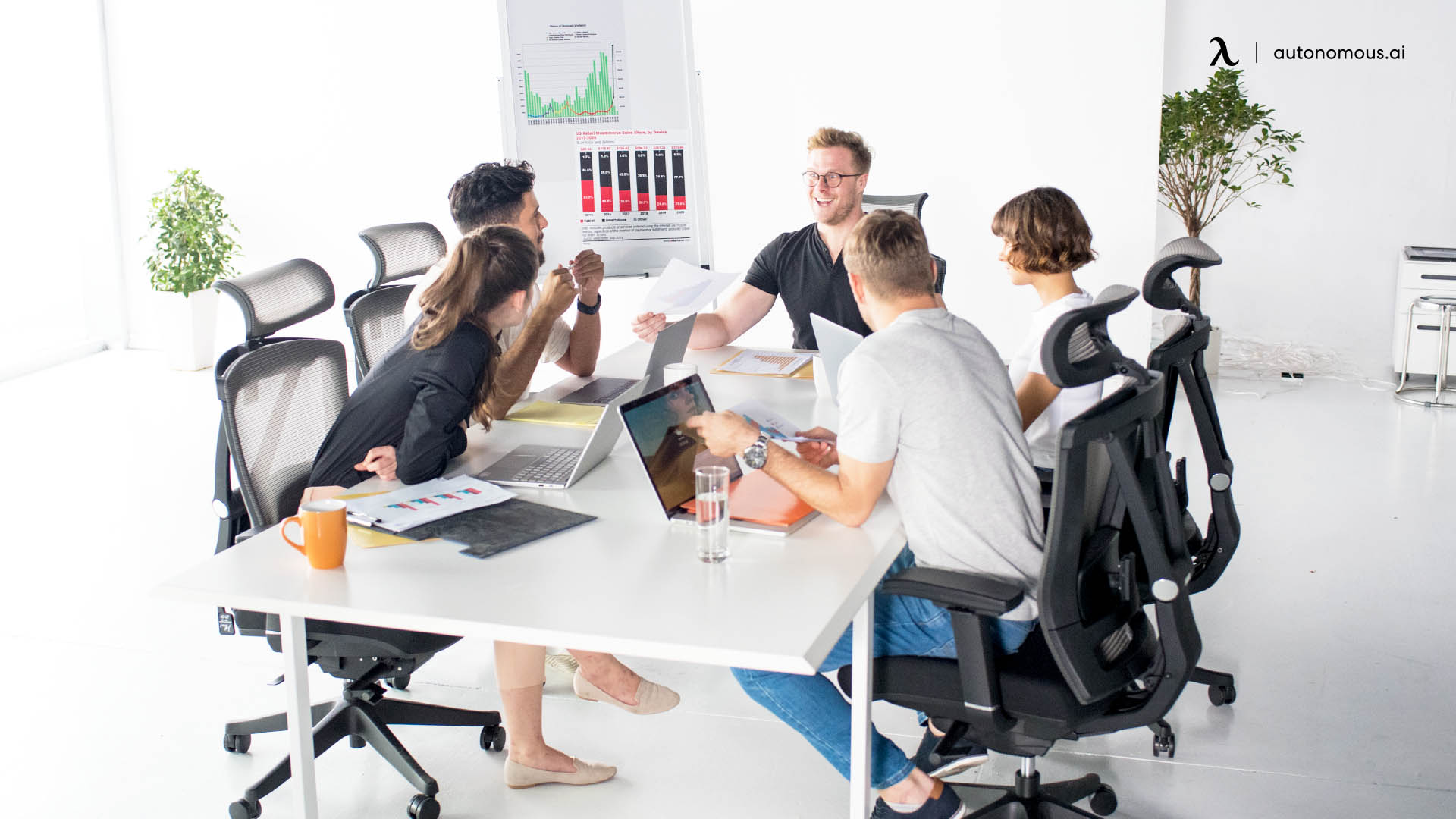
Final Thoughts
Did you just notice that there was a flex room door just a few steps from your office desk? As mentioned, these spaces can become any area your heart desires – or your team needs.
You just need to be creative! If you're looking for small office ideas for a workstation that needs more space or you just want to add more functional areas to your workplace, these recommendations can be a game-changer.
Frequently Asked Questions
What is the difference between a flex room and a coworking space?
Although both share similar characteristics and can be used for the same purposes, flex rooms and coworking spaces aren't the same. Actually, there are important differences between the two.
Flex rooms, for example, are often located within the office building. As such, these spaces are built to be used by the company's teams or employees and can be adapted to different purposes based on their needs, preferences, or work styles.
Coworking spaces, on the other hand, are exactly workspaces –although smaller– that people or teams from different companies can use. They boast a social atmosphere and offer immediate solutions to workers who can't get to the office or are just looking for a quiet place to complete their daily tasks.
Besides that, coworking spaces often feature additional amenities, such as areas to host networking events, fast internet, coffee and snacks zones, printing and scanning facilities, and more.
Why is it called a “Flex Room”?
As explained above, these spaces are meant to be “flexible.” That’s why they’re called “flex rooms”. This term highlights their ability to adapt to different purposes and change functions to meet varying needs.
Since these rooms can accommodate multiple uses, they can help employers create dynamic work environments to promote collaboration, boost team performance, reduce disruptions, foster brainstorming, and more.
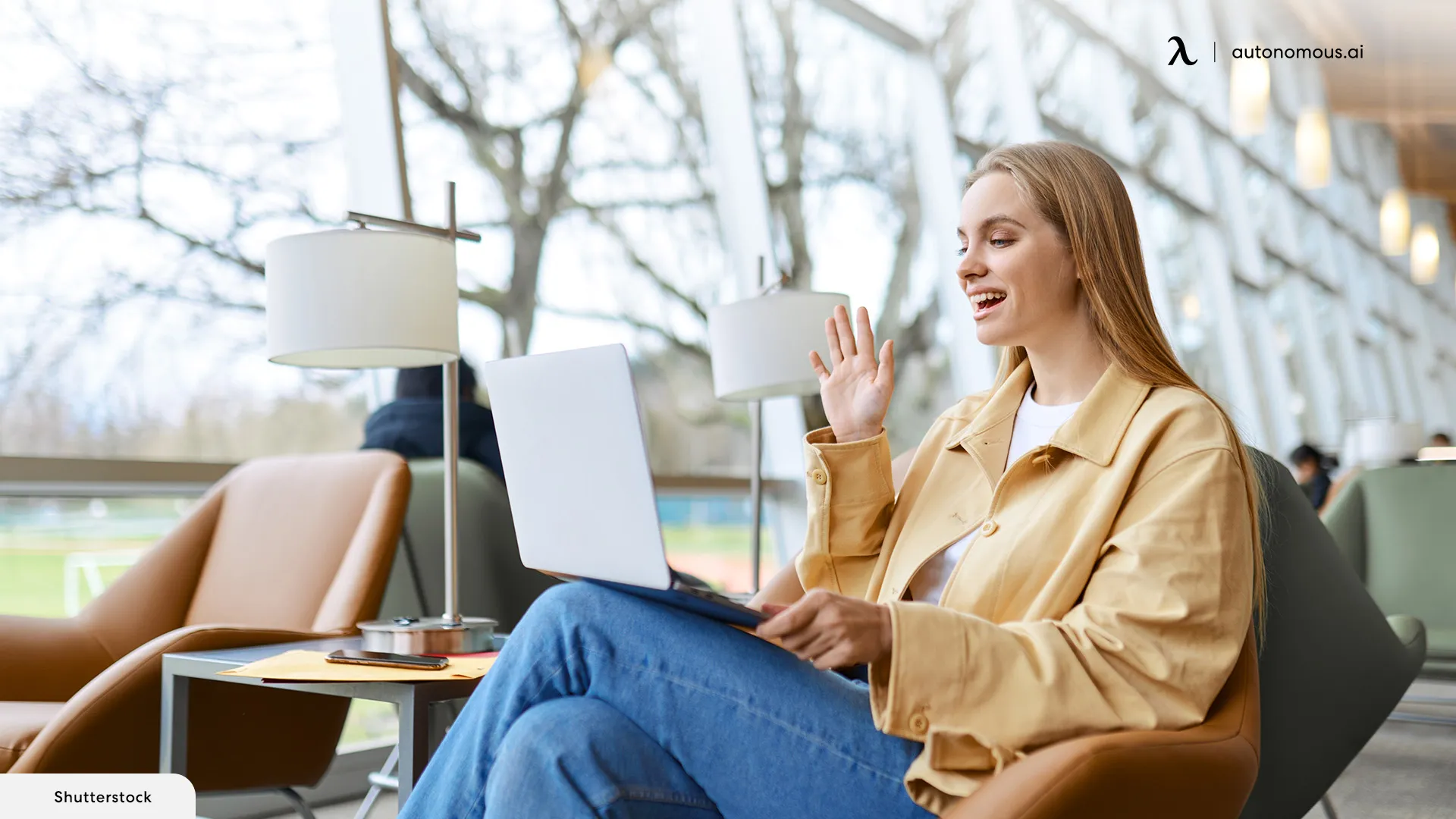
Is there a different term for a flex room?
Flex rooms are sometimes referred to by other names, such as:
- Flexible space
- Multipurpose room
- Bonus room (although this term can also refer to a room in a home)
- Innovation lab
- Collaboration zone
- Huddle room
What is the difference between a flex room and a bonus room?
While the terms "flex room" and "bonus room" are sometimes used interchangeably, there's a subtle difference.
A flex room is specifically designed for flexible use within an office setting, while a bonus room is a more general term that can refer to an extra area in a home or office that doesn't have a designated purpose.
In a home, a bonus room could be used as a playroom, guest room, or home office. Contrastingly, in an office, it could be used as storage space or breakout area.
Get exclusive rewards
for your first Autonomous blog subscription.
Spread the word
You May Also Like
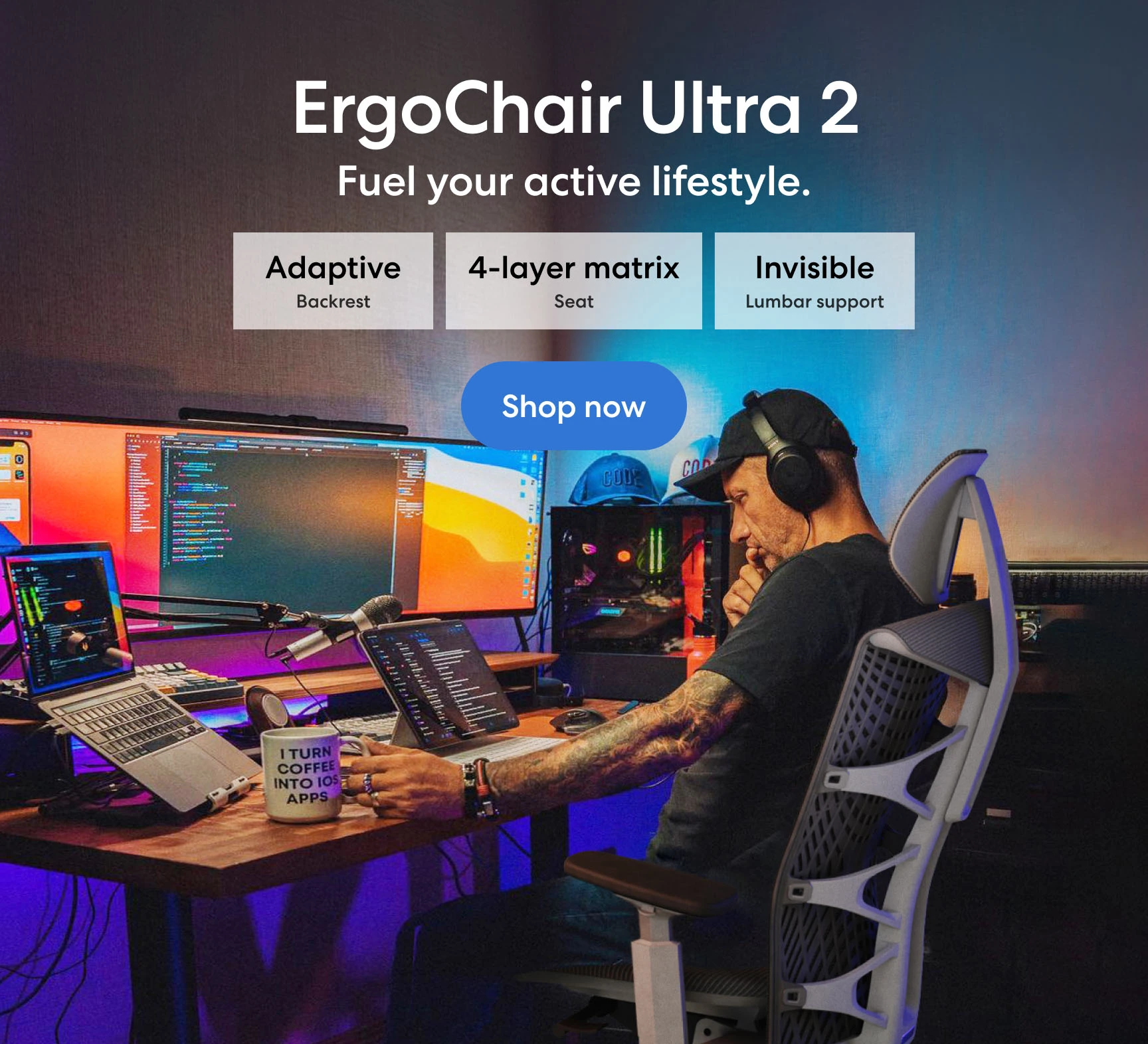

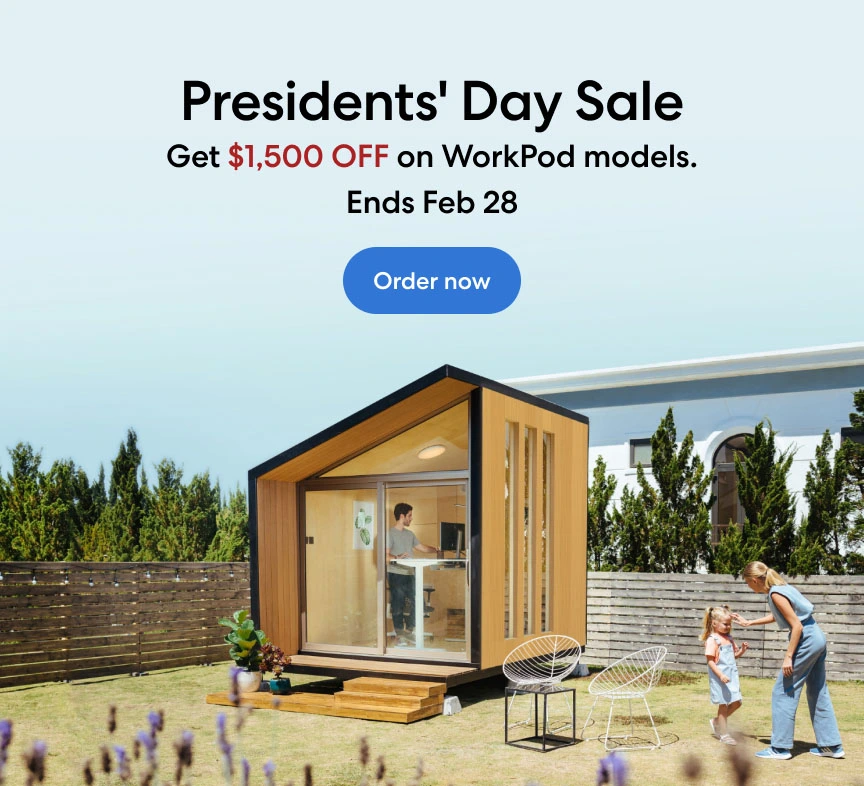

-7512dd9e-3510-42ed-92df-b8d735ea14ce.svg)


